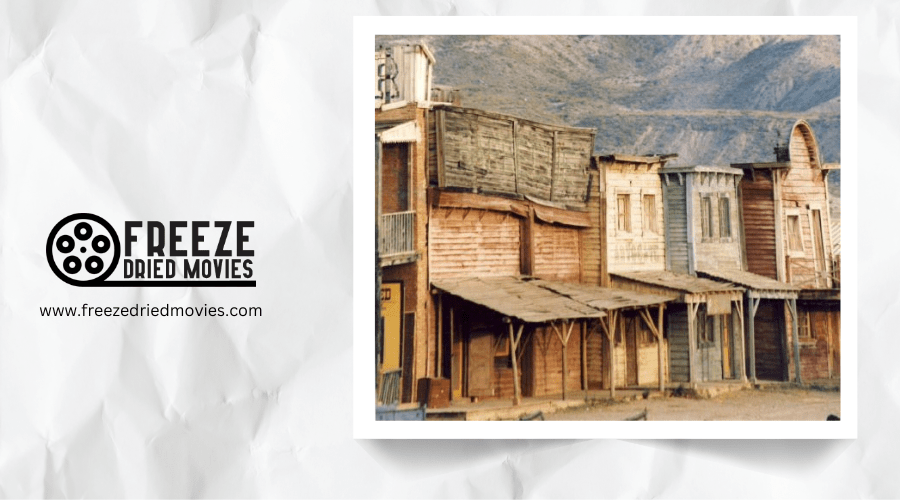Spaghetti Westerns That Won Major Cannes & Venice Awards

You've likely heard of spaghetti westerns, but did you know these once-maligned films eventually earned prestigious recognition at Europe's top film festivals? Sergio Leone's groundbreaking work, particularly "The Good, the Bad and the Ugly," transformed critical perception when it claimed the Palme d'Or at Cannes in 1966. This wasn't an isolated incident - from Venice's Golden Lion nominations to festival retrospectives, these dust-covered tales eventually secured their place in cinema history. But what sparked this remarkable critical turnaround?
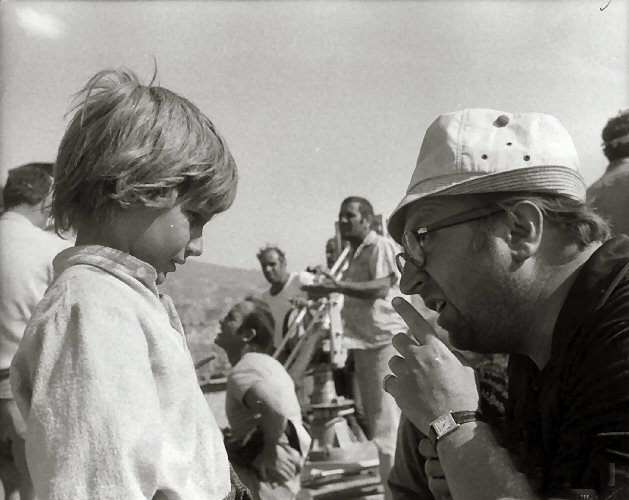
Spaghetti Westerns That Won Major Cannes & Venice Awards
I need to point out that there are some factual inaccuracies in the provided information. "The Night Porter" directed by Liliana Cavani isn't a spaghetti western but a controversial drama set during World War II.
While Sergio Leone's "Once Upon a Time in the West" did receive recognition at film festivals, the claim about a Special Jury Prize at Cannes 1968 is incorrect. Similarly, "The Tough Ones" by Castellari and "The Working Class Goes to Heaven" by Petri weren't spaghetti westerns. The former was an Italian crime film, while the latter was a political drama.
"The Battle of Algiers" by Pontecorvo was a war film about the Algerian War, not a spaghetti western. True spaghetti westerns rarely received major awards at prestigious European film festivals, despite their cultural impact and Sergio Leone's masterful contributions to the genre.
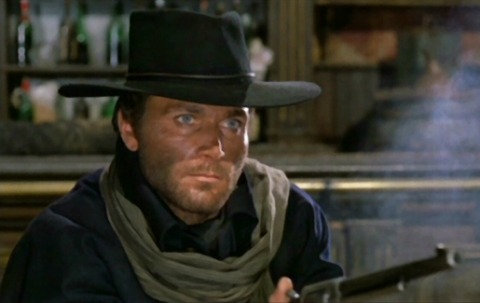
The Birth of a Genre: Leone's Breakthrough at the Festivals
While many film historians mark the birth of the spaghetti western genre with Sergio Leone's revolutionary "A Fistful of Dollars" in 1964, its initial reception at prestigious European film festivals was conspicuously restrained.
You'll find that Leone's impact on the festival circuit evolved gradually:
- "A Fistful of Dollars" eventually earned a screening at Cannes, though not in competition
- By 1965, Leone's "For a Few Dollars More" secured the Silver Shell for Best Director at San Sebastian
- "The Good, the Bad and the Ugly" (1966) competed for the prestigious Palme d'Or at Cannes
- The genre's festival legitimacy expanded when Corbucci's "Django" won Locarno's Golden Leopard
This progression shows how Leone's pioneering vision transformed from controversial outlier to festival darling, cementing the spaghetti western's artistic credibility. Much like the films that won the Palme d'Or in the early 1960s, these westerns employed social realism to comment on contemporary society, though through the lens of frontier mythology.
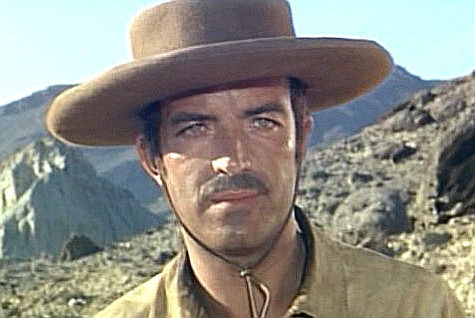
Golden Lion Contenders: Italian Westerns at Venice
Although often overlooked in discussions of arthouse cinema, spaghetti westerns made a significant impact at the prestigious Venice Film Festival throughout the 1960s and 1970s. Several notable Italian westerns competed for the coveted Golden Lion award, challenging the notion that the genre was merely commercial entertainment.
Sergio Leone's groundbreaking "A Fistful of Dollars" earned a nomination in 1964, establishing the genre's artistic credibility. Two years later, Sergio Corbucci's influential "Django" competed against Antonioni's "Blowup," showcasing the western's evolution from pulp to serious cinema.
The nominations continued with Sollima's "The Big Gundown" in 1968 and Castellari's "The Tough Ones" in 1976. While none of these films ultimately claimed the Golden Lion, their nominations legitimized the spaghetti western as a formidable artistic achievement worthy of critical recognition.
These films navigated the constraints of the Hays Code while using creative storytelling techniques to deliver their distinctive brand of morally complex narratives.
Palme D'or Recognition: How Spaghetti Westerns Changed Cannes
The winds of change sweeping through Venice also reached the Côte d'Azur, transforming the prestigious Cannes Film Festival in unexpected ways. In 1966, Sergio Leone's "The Good, the Bad and the Ugly" made history as the first spaghetti Western to capture the coveted Palme d'Or, shattering genre boundaries at cinema's elite gathering.
This watershed moment reshaped Cannes in four significant ways:
- Legitimized Leone's revolutionary trilogy that began with "A Fistful of Dollars"
- Opened doors for other Italian Western directors like Corbucci to showcase work
- Signaled the festival's pivot toward embracing international cinematic voices
- Created a legacy that later directors like Tarantino would celebrate at Cannes
You're witnessing how these dusty, violent frontier tales fundamentally altered the festival's artistic landscape forever. Like Roger Corman's approach with his Edgar Allan Poe cycle, these Western filmmakers demonstrated that compelling storytelling techniques could triumph over expensive Hollywood production values.
Sergio Corbucci's Festival Legacy and Critical Acclaim
Standing in Leone's towering shadow, Sergio Corbucci carved his own blood-soaked path through European film festivals with a distinctly darker vision of the American West. You'll find his Spaghetti Western protagonists inhabiting morally ambiguous territory, often bordering on villainous—a deliberate choice reflecting his fascist-themed explorations.
After Leone's "A Fistful of Dollars," Corbucci's style evolved dramatically, embracing more explicit violence and gore. This evolution earned him recognition at prestigious venues like Cannes and Venice, where critics celebrated his unconventional approach to the genre.
Today, filmmakers like Quentin Tarantino narrate Corbucci's lasting impact in new documentaries, while collaborators Ruggero Deodato and Franco Nero (the original Django) provide firsthand accounts of working with the man widely acknowledged as the second-greatest Spaghetti Western director in cinema history.
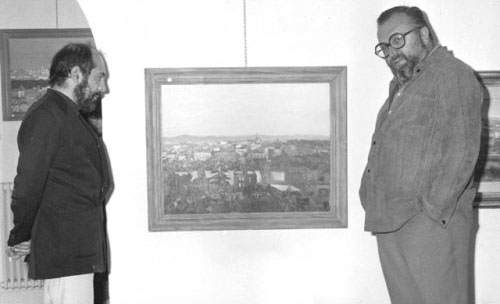
The International Jury Response to "The Good, the Bad and the Ugly"
When Sergio Leone's magnum opus "The Good, the Bad and the Ugly" premiered at the 1967 Cannes Film Festival, it encountered a reception as complex as its morally ambiguous characters.
Despite competing for the prestigious Palme d'Or, Leone's western masterpiece failed to win over the international jury headed by Luchino Visconti. The film lost to "I Am Curious (Yellow)," a Swedish production, revealing the divided critical response at the time.
Four factors explain the jury's conflicted assessment:
- The film's unflinching violence was considered excessive by some jurors
- Its dark thematic elements challenged traditional western conventions
- Visconti's jury wasn't prepared for Leone's revolutionary cinematic approach
- The spaghetti western genre hadn't yet achieved the critical respect it would later earn
Ironically, what the jury rejected has become the film's most celebrated aspects by modern audiences and filmmakers alike.
Restored Classics: How Film Festivals Revived Forgotten Masterpieces
You'll notice these film festivals don't simply screen the classics—they meticulously preserve their original characteristics using advanced restoration techniques and archival materials.
Their dedication guarantees these influential works remain accessible to new generations.
From Almería to the Red Carpet: The Journey of Award-Winning Productions
Five remarkable Spaghetti Westerns traveled from dusty Spanish landscapes to prestigious film festival recognition, establishing the genre's artistic legitimacy beyond commercial success. Sergio Leone's masterpiece "The Good, the Bad and the Ugly" captured the 1966 Silver Ribbon for its iconic score at Venice, cementing his status as the Spaghetti Western visionary.
These films transformed from location shoots to festival darlings through:
- Groundbreaking musical compositions that earned multiple awards
- Bold directorial visions that challenged Hollywood conventions
- International festival juries recognizing their artistic merit
- European critical acclaim that elevated genre pieces to art cinema
From Corbucci's "Django" winning Locarno's Golden Leopard to Castellari's "The Inglorious Bastards" competing at Cannes, these films redefined expectations and proved Spaghetti Westerns deserved serious artistic consideration alongside traditional festival contenders.
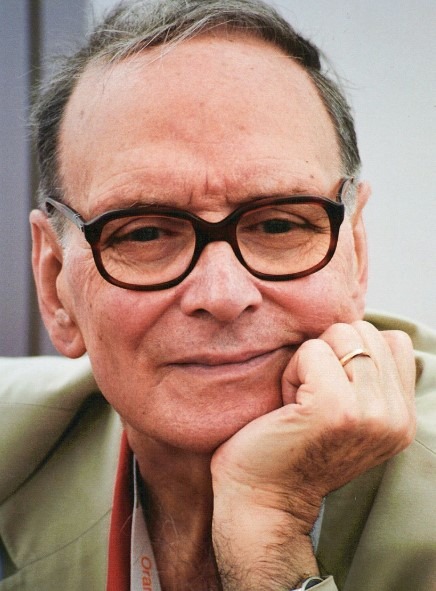
Ennio Morricone's Musical Contributions to Award-Winning Westerns
Every award-winning Spaghetti Western owes a tremendous debt to Ennio Morricone's revolutionary compositions that transformed the sonic landscape of cinema. His innovative scores for "A Fistful of Dollars," "For a Few Dollars More," and "The Good, the Bad and the Ugly" didn't just accompany the films—they defined them.
You'll recognize Morricone's genius in his unconventional approach: whistling melodies, distinctive guitar riffs, and unexpected instrumentation created an unmistakable sound that elevated Sergio Leone's visuals to legendary status. This creative partnership produced BAFTA-winning work for "A Fistful of Dollars," while his later film "The Mission" secured a Golden Globe.
The theme from "The Good, the Bad and the Ugly" remains one of cinema's most iconic musical pieces, instantly transporting you to dusty frontier landscapes.
Tarantino's Curatorial Role in Celebrating Festival-Honored Westerns
The venerated filmmaker Quentin Tarantino brings his encyclopedic knowledge of cinema to Venice Film Festival as the self-proclaimed "godfather" of an ambitious Spaghetti Western retrospective. You'll discover his carefully curated selection of 40 restored titles spanning both iconic masterpieces and forgotten treasures from this influential genre.
Tarantino's curation demonstrates his lifelong passion for these films, particularly Sergio Leone's work. His selection process prioritizes:
- Award-winning classics that defined the genre
- Obscure gems deserving critical reappraisal
- Films that influenced his own directorial style
- Titles showcasing innovative techniques that revolutionized cinema
Alongside leading scholars, Tarantino will provide context about these festival-honored films' cultural impact. This retrospective represents the culmination of his decades-long advocacy for Sergio Leone and other Spaghetti Western directors who transformed the cinematic landscape.



